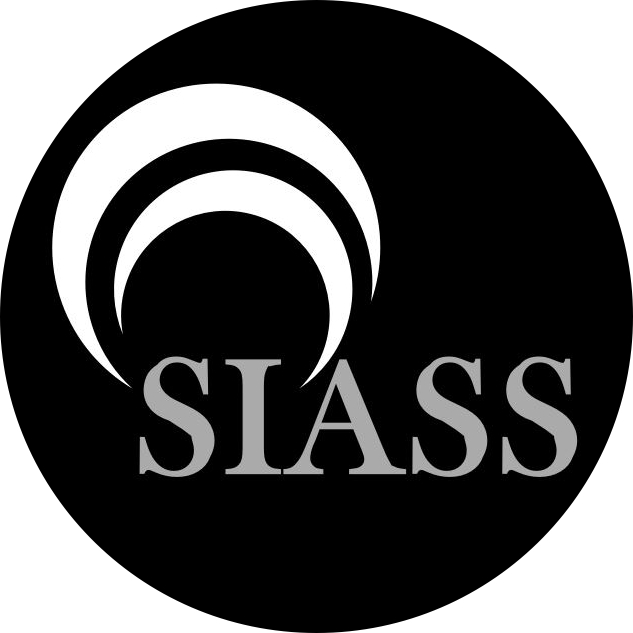Considerations for Installing Covert Cameras to Capture Evidence of Suspected Crime
- SIASS

- Jul 11, 2024
- 3 min read
Updated: Jun 4

Installing a covert camera to capture evidence of a suspected crime, such as elder abuse in a care home, requires careful consideration of several ethical and legal issues. While the primary goal is to protect vulnerable individuals, it is crucial to balance this aim with respect for privacy, legality, and the ethical implications of surveillance.
Ethical Considerations of Covert Camera Use
1. Consent of the Victim: One of the most critical ethical issues is whether the potential victim consents to the surveillance. In many cases, obtaining explicit consent might not be feasible, especially if the victim is unable to give it due to cognitive impairments. Families and investigators must weigh the potential benefits of capturing evidence against the infringement of the individual's privacy.
2. Privacy Rights: The use of covert cameras in private spaces, such as care homes, raises significant privacy concerns. While the intent is to protect the vulnerable, unauthorised surveillance could be seen as an invasion of privacy for both the suspected victim and other residents.
3. Impact on the Care Environment: Consider the potential impact on the care environment. If the presence of cameras is discovered, it could affect the morale and behaviour of staff, possibly leading to an environment of mistrust.
Legal Considerations
1. Legality of Surveillance: The legality of using covert cameras varies by jurisdiction. In the UK, for example, it is generally illegal to record private conversations without consent. However, exceptions exist if the recording is in the public interest, such as capturing evidence of a crime.
2. Evidence Admissibility: Even if footage is obtained, it must be admissible in court. This means following legal protocols for evidence collection to ensure it is not dismissed due to legal technicalities.
3. Who Provides the Equipment: Using professional services like SIASS can ensure that the surveillance equipment used is of high quality and that the surveillance operation complies with legal standards. Professional services can also provide clear guidelines on how to handle and present the evidence.
Technical Considerations
1. Clarity of Footage: The quality of the footage is crucial. Poor-quality video may not provide the necessary detail to confirm abuse or may be dismissed in court. Ensuring the equipment captures clear and usable footage is vital.
2. Viewing and Handling Footage: Determine who will view the footage and how it will be handled. Proper chain of custody must be maintained to ensure the integrity of the evidence. Unauthorised access to the footage must be prevented to protect the privacy of those recorded.
3. Dissemination of Footage: Decide in advance who will see the footage. Typically, it should be limited to family members, legal advisors, and law enforcement. Broad distribution can lead to privacy violations and could compromise the investigation.
Conducting the Investigation
1. Professional Involvement: Engaging a professional technical surveillance unit like SIASS ensures that all aspects of the investigation are handled with expertise. SIASS can provide the necessary equipment, conduct the surveillance, and compile an evidence pack that meets legal standards.
2. Reporting the Investigation: Once the evidence is gathered, it should be reported to the appropriate authorities promptly. SIASS can assist in preparing the evidence for submission to law enforcement or legal representatives, ensuring that it is presented in a clear and effective manner.
In conclusion, while the use of covert cameras can be a powerful tool in uncovering and stopping abuse, it must be approached with a thorough understanding of the ethical and legal implications. SIASS offers expert advice and services to conduct a full technical surveillance investigation, providing families with the peace of mind that the process is handled professionally and within legal boundaries. For more detailed insights, refer to SIASS's article on the necessity of covert cameras for capturing instances of abuse [here](https://www.siass.org.uk/post/using-covert-cameras-to-capture-instances-of-abuse-a-growing-necessity-for-families).




Commentaires